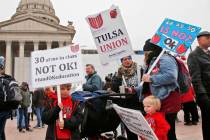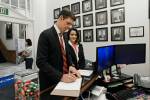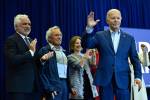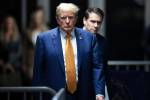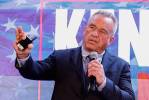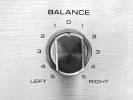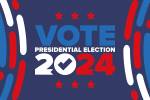JFK assassination — 46 years later, awful day continues to fascinate
 Before Sept. 11, there was Nov. 22.
Before Sept. 11, there was Nov. 22.
The assassination of President John F. Kennedy shocked and horrified the nation, and the images of that day in 1963 are as vivid to those who lived through it as the memories of the terror attacks in 2001.
In the hours after President Kennedy was slain in Dallas, as the shocking drama played out with Lee Harvey Oswald’s murder of Officer J.D.Tippett, Oswald’s arrest and then his fatal shooting by Jack Ruby, Americans rallied around his grieving young widow and extended their good will to the veteran Texas politician suddenly thrust into the presidency. Behind the scenes, amid crisis and confusion, Lyndon B. Johnson scrambled to assemble a new government. As he did so, he and other Americans, great and small, wondered, are we at war? It was, we remember, still the depths of the Cold War, and the Soviets immediately became suspects in Kennedy’s slaying, especially so after details of Oswald’s brief defection to Russia became public.
In "The Kennedy Assassination — 24 Hours After: Lyndon B. Johnson’s Pivotal First Day as President" (2009, Basic Books), historian Steven M. Gillon looks at the assassination from a perspective heretofore not given a great deal of attention — that of Johnson himself. Countless writers have devoted themselves to the assassination and the controversies surrounding it and to the Kennedy legacy — to Camelot — but not so many to Johnson’s thoughts and actions in the hours following the shooting in Dallas — hours that in many ways set the stage for a presidency eventually swamped by an unpopular war and violent social unrest at home.
Forty-six years after Dallas, the events of that awful November day have been dissected many times, but they still have the power to fascinate and haunt. Some of them, highlighted in Gillon’s book:
— Kennedy died virtually instantly, when the second bullet to hit him blew apart the back of his head. Because he was the president, doctors at Parkland Hospital worked valiantly to effect a miracle, including performing a tracheotomy, inserting a chest tube and starting closed-chest massage, but Kennedy arrived at the hospital with no pulse and blue-white from massive blood loss. The physicians knew as they began that their efforts would be futile.
— Almost from the first moments after the assassination, cold fury against Johnson began to build among the top Kennedy aides who had accompanied the president to Texas. They interpreted the vice president’s actions in the worst possible light, including his decision to fly back to Washington on the military plane designated as Air Force One. They thought Johnson should have used the plane reserved for the vice president. Johnson’s decision to take the oath of office on the tarmac at Love Field particularly angered them.
— FBI director J. Edgar Hoover notified Bobby Kennedy of his brother’s shooting, and then his death, in a conversation breathtakingly callous even for the hard-bitten and cynical Hoover.
Gillon, a professor of history at the University of Oklahoma, concludes that the tragic circumstances that enabled Johnson to become president also doomed his presidency. He could not escape Kennedy’s shadow, and, try as he might, he suffered in comparison.
Yet, in those fraught hours on Nov. 22, Johnson proved more of a statesman than many would have predicted of the colorful, crude, profane, hard-driving old Texas pol. He took firm grasp of the reins of power. He spoke eloquently to the nation, offering words of comfort, sorrow and resolve. He led, showing the world that the great democracy would continue.
Fascination with the Kennedy assassination continues. Recently, The Associated Press reported, a Dartmouth professor released a new analysis of a photo of Oswald holding a rifle in his backyard in Dallas. The infamous photo, says Hany Farid, director of the Neukom Institute for Computational Science at Dartmouth, would have been almost impossible to fake. Oswald claimed the photo of him holding a rifle in one hand and Marxist newspapers in the other had been doctored. Over the years, many others have pointed out what appear to be inconsistent lighting and shadows. But Farid told AP the shadows are exactly where they should be.








